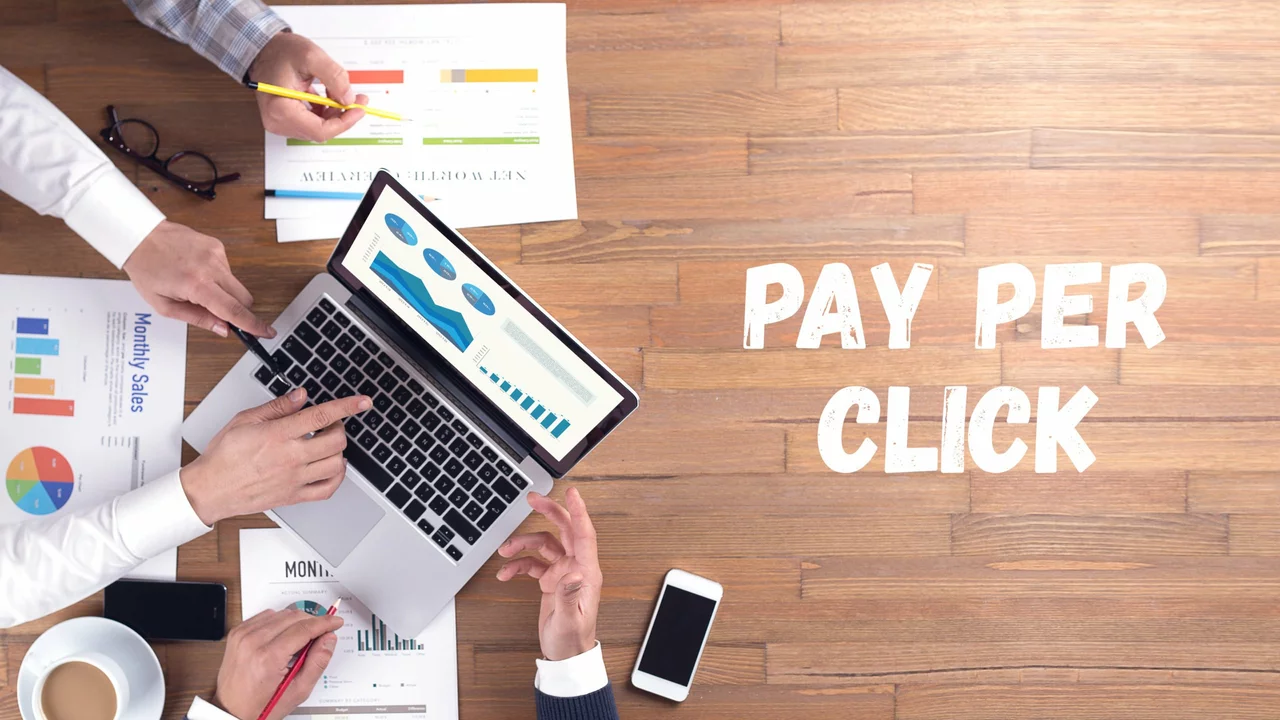Digital Marketing & Advertising: Your Quick Guide to Pay‑Per‑Click
Ever wondered why some ads seem to follow you around the web? That’s pay‑per‑click, or PPC, in action. Instead of hoping customers stumble on your site, you pay a tiny fee each time someone clicks your ad. It sounds risky, but when set up right, it’s a smart way to grab traffic that’s already interested.
What is Pay‑Per‑Click?
PPC is an online advertising model most people see on search engines like Google or social platforms like Facebook. You create an ad, choose keywords that match what your ideal customer might type, and set a budget. When a user types a keyword you’ve bid on and clicks your ad, you pay the amount you agreed to for that click.
The beauty is you only pay for actual clicks, not impressions. That means you’re paying for people who show at least a hint of interest. If your ad copy is clear and your landing page delivers what the ad promises, that click can turn into a sale, a sign‑up, or any action you value.
Getting the Most Out of PPC
First, pick keywords that are specific to your product or service. Broad terms like "shoes" cost more and attract vague traffic. Narrow phrases like "men’s running shoes size 10" attract shoppers ready to buy. Use tools like Google Keyword Planner to see search volume and competition.
Second, write ad copy that speaks directly to the searcher’s intent. If someone searches for "best budget laptop," your ad should promise a value‑packed laptop and maybe include a price. Highlight a unique benefit or a limited‑time offer to increase click‑through rates.
Third, match the ad to a relevant landing page. A user clicking an ad about "budget laptops" should land on a page that lists those laptops, not your generic homepage. The page needs a clear call‑to‑action, whether it’s “Buy Now,” “Get a Quote,” or “Read Reviews.”
Finally, track everything. Set up conversion tracking so you know which clicks lead to sales. That data helps you tweak bids, pause under‑performing keywords, and allocate more budget to the highest‑return ads.
Many small businesses think PPC is only for big budgets, but you can start with as little as $5 a day. The key is to test, learn, and scale. Run a few ads, see which keywords bring the best cost‑per‑acquisition, and then double down on those.
In short, PPC lets you buy visits from people already looking for what you offer. It’s a flexible, measurable, and results‑driven part of any digital marketing mix. Ready to give it a try? Grab your favorite keyword tool, set a modest daily budget, and watch the clicks roll in. Your next customer might just be a click away.
What is pay per click, and how is it beneficial for businesses?
Hey there, folks! Ever heard of pay per click? It's like fishing in the digital ocean, but every fish you catch, you've got to pay for. It's a fascinating advertising model where businesses pay a small fee each time someone clicks on their ad. Sounds costly? Not really. This strategy is actually a clever way of buying visits to your site, rather than struggling to reel them in organically. So, it's like hiring a professional fisherman instead of waiting for fish to jump into your boat. And the best part? If your ad is good and relevant, the cost of the click gets balanced out by the value of the customer it brings. It's a win-win, you see! So, get your bait ready, the digital ocean is teeming with prospects.
Details +